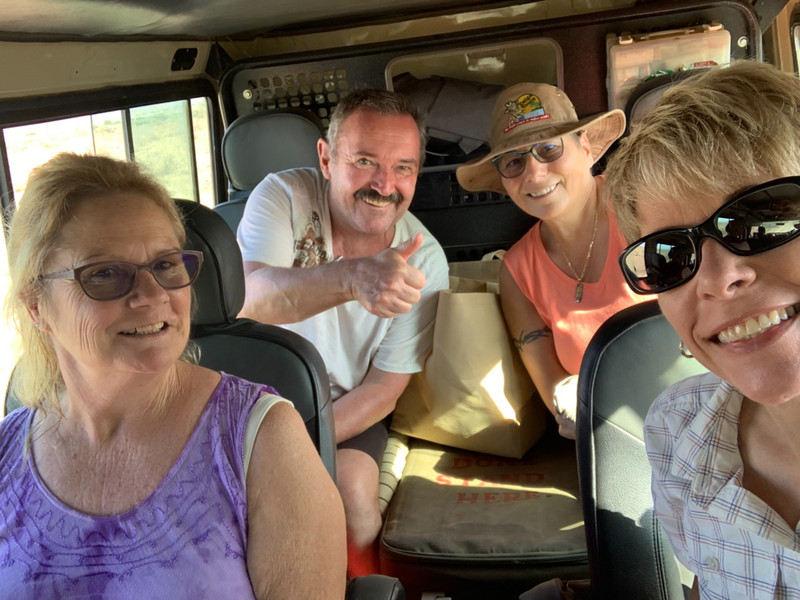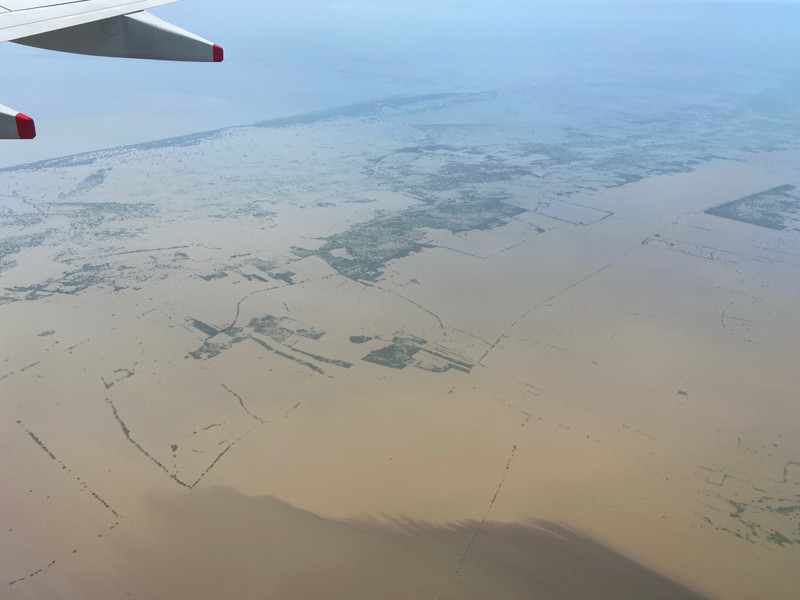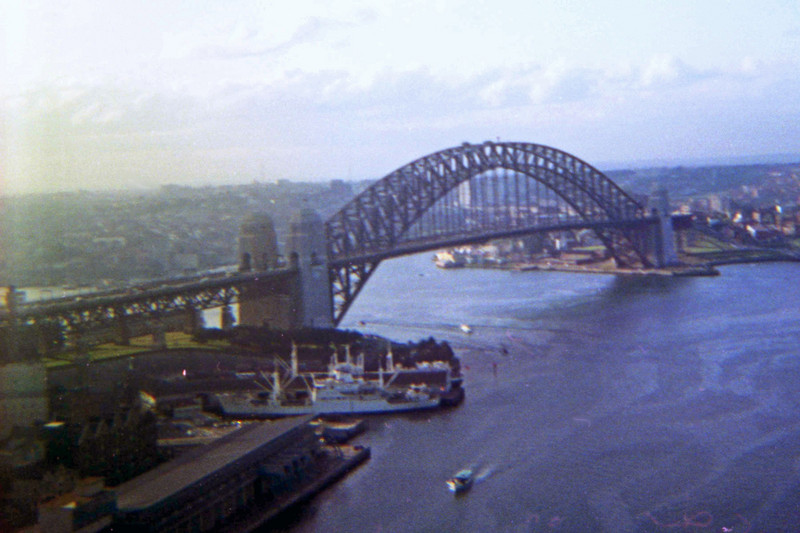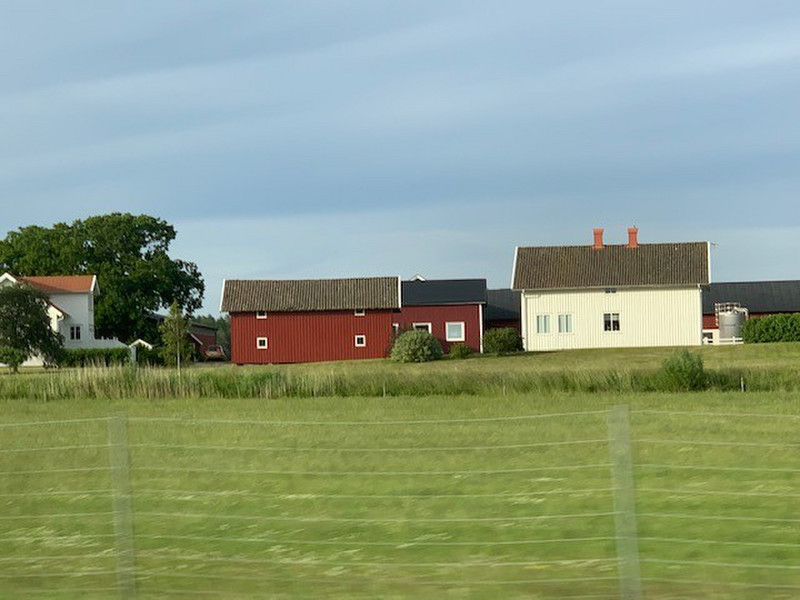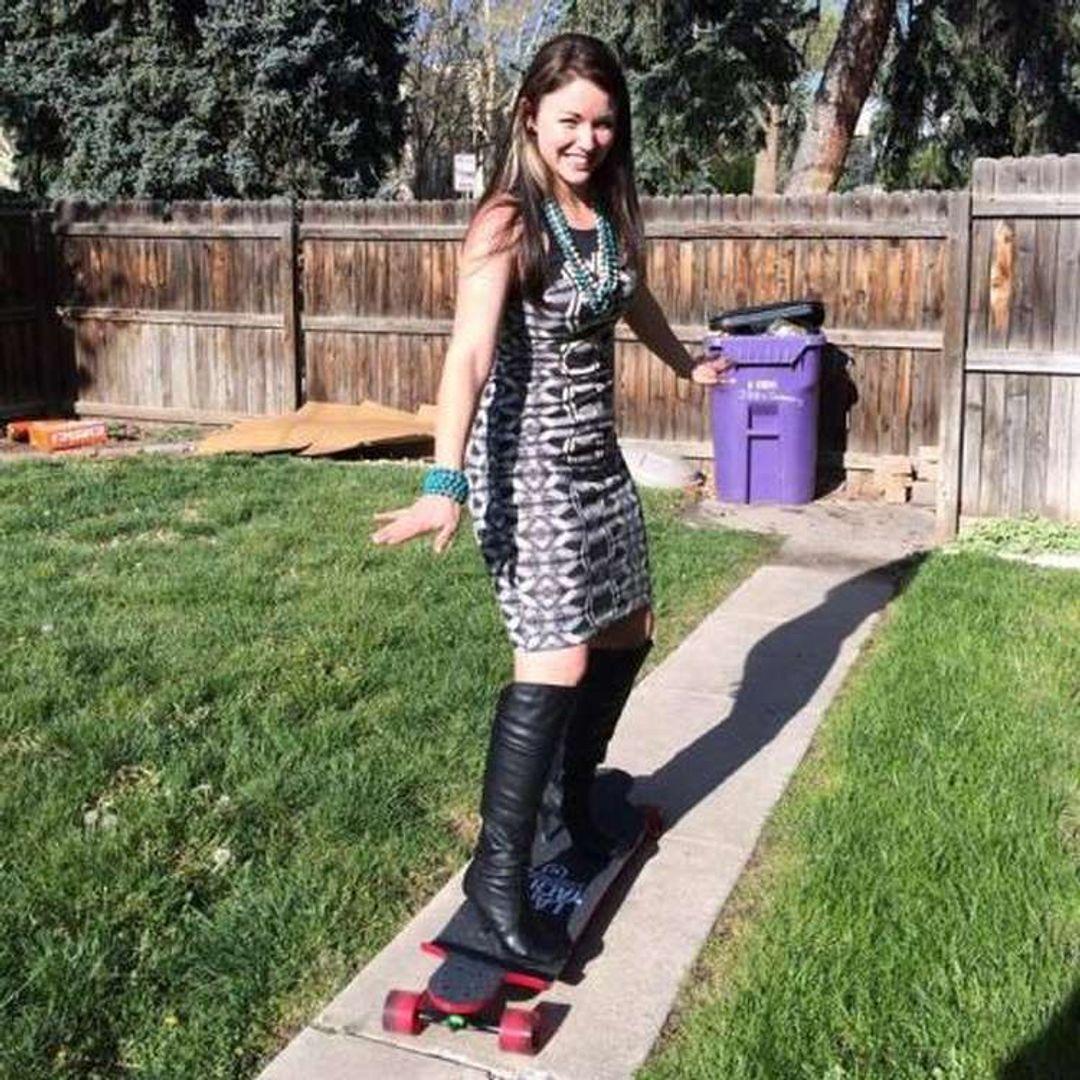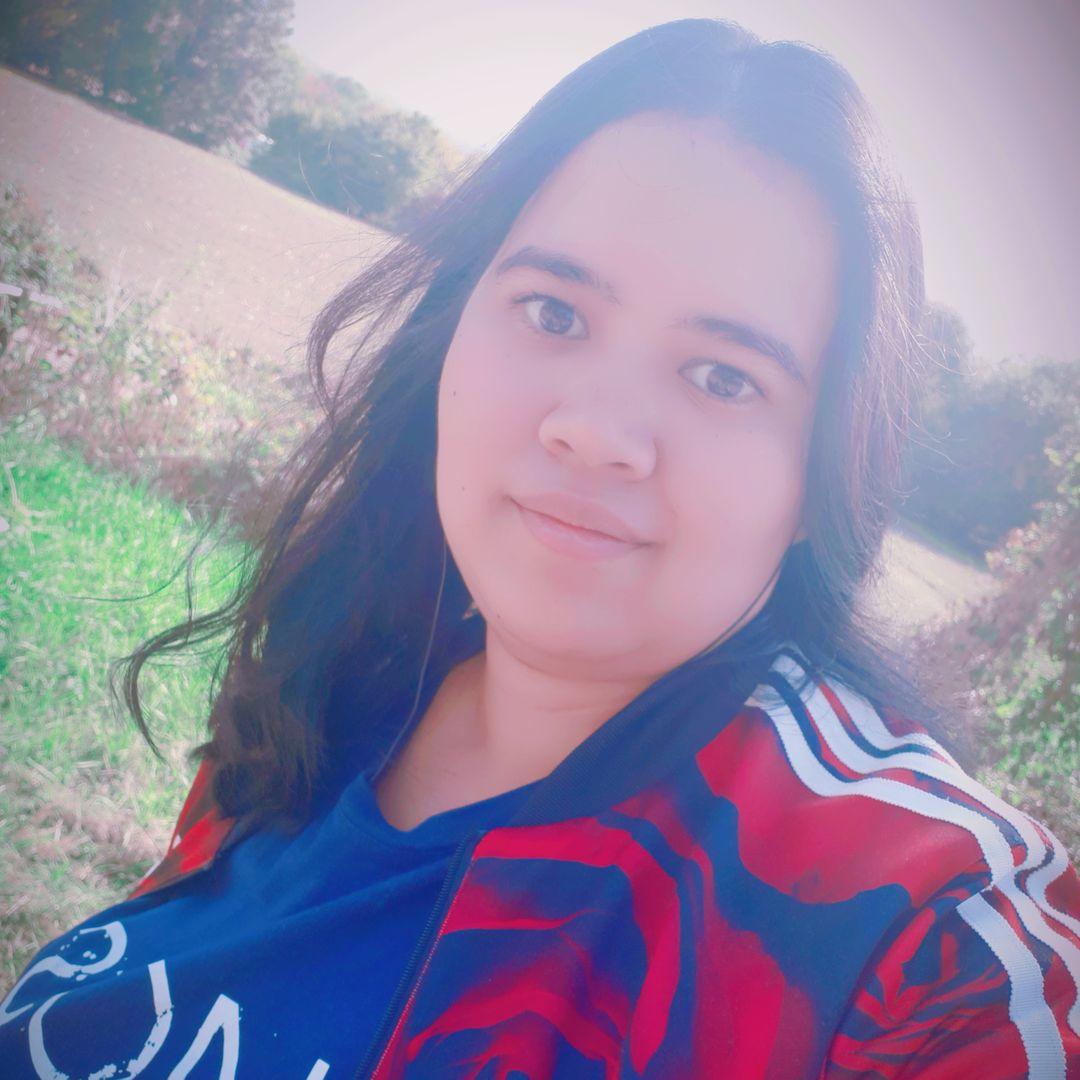We were awoken at 5:30 this morning by an elephant shaking the tree right in front of our tent - what a cool way to wake up! We lounged in bed for a bit, then later enjoyed breakfast (we both had a very nice breakfast plate with fried potatoes, mushrooms, and two small very light pancakes - quite thin, and very tasty) along with fresh fruit. Susan had sausage and bacon with hers. We packed up and left Samburu at 8:30 for the drive south to the Ol Pejeta conservancy.
We went through much of the same area as we had driving down from Nairobi, but for some reason it seemed quite different. It was a beautiful, very clear day, and we had a good view of Mount Kenya. At the start it was was flat and arid land, with small herds of goats and sheep along the roadside. We also saw quite a few donkeys, just grazing along the road. The animals seem rather oblivious to the traffic, and will often cross the road right in front of the vehicles, and the people (sometimes children) with the herds seem unable to stop them. Luckily there were no casualties today.
Well, we did see the aftermath of an accident - it looked like a vehicle had hit a cow (plus knocked down a sign), and ended up flipped on its side in a ditch.
We drove through Isiolo again, with the many markets and stands along the road. I was amazed by the all the little shops on the drive, with many unique names (for example, the lord is my shepherd blessed shoe dealer, by Grace cereals shop, anointed cereal shop). As you see many of the names have religious connotations. They are all teeny, rather ramshackle, shops. Stanley previously told us that 90% of Kenyans are It appears that a lot of them have these small shops.
After Isiolo the landscape became greener and more hilly. As we climbed higher it grew more lush, and we had a good view of Mount Kenya. At 5,199 metres Mt. Kenya is Kenyas highest mountain and the second highest (after Mount Kilimanjaro in Tanzania) in Africa. It is called the mountain of God in the local Kiyuyu tribe dialect, and some people still pray to it. There are three peaks: Batian, Nelion, and Lenana.
a bathroom break at a curio shop which sells local handicrafts. We bought a necklace and a little purse, and got a cold drink. After Nanyuki the landscape became flatter and dryer, and we were soon at the Sweetwaters Serena Camp, our home for the next two days. Our tent is really nice. We settled into the tent, did some laundry, and then went for lunch. Here they have a buffet (they didnt at the Ashnil Samburu Camp), which I like as you can just take what you want. I had vegetarian Indian dishes, and a Tusker Lite. It was very nice. We then had some time before heading out on our afternoon game drive at 4 pm.
Ol Pejeta is much different from Samburu. It is larger (at 100,000 acres) and is a private reserve. Because of its proximity to Nairobi, people from the to the conservancy on weekends, either for the day or overnight. It is much busier here than in Samburu, because of that and because today is Saturday, so there are day/weekend visitors.
Rhinoceros (Kifaru in Swahili) are a main feature of the conservancy. We hadnt driven very far into the conservancy
when we spotted our first rhino - a black rhino. It is not really a black colour, as youll see by the photos. Black rhinos are critically endangered (the black rhino is likely Kenyas most endangered large mammal). Its numbers plummeted from around 20,000 in the 1970s to a few hundred a decade later, due to the illegal trade in rhino horns. Rhino horns are, ridiculously, thought to be some sort of aphrodisiac in Chinese medicine. That this usage has led to the near extinction of these animals is truly beyond belief and an example of humanity at its worst. The rhinos are quite wary of people and will move off if bothered by the safari vehicles.
We also spotted several Cape Buffalo (Nyati). These are very large animals with large curved horns.
